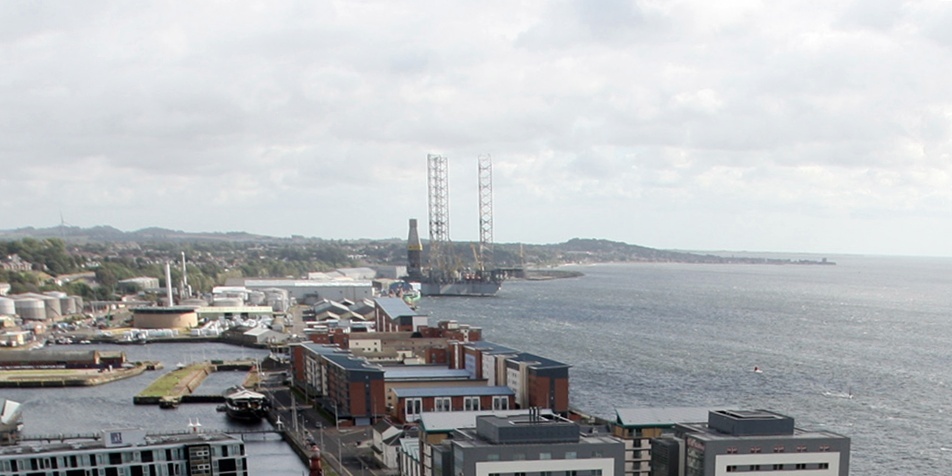The Scottish Government has been told it must declare Dundee is to become the offshore renewable energy capital of Scotland or risk undermining the industry.
A leading figure in the oil and offshore wind industry said the Government should establish Dundee as a “shop window to the world” for maritime renewables.
Steve Remp, whose company SeaEnergy made a £30 million profit from the sale of its offshore division this year, said the Government needs to commit to supporting the offshore renewable industry in one part of Scotland to attract investment from energy companies, and Dundee is the ideal location.
“What Scotland needs is a master base which will be Scotland’s shop window to the world … Dundee is my preference, but not for much longer,” said Mr Remp. “If the industry does not get the support, we will have to go to where we do.”
He said the Government must announce where money from the £70 million National Renewables Infrastructure Fund (NRIF) will be allocated as soon as possible.
Alan Mitchell, chief executive of Dundee and Angus Chamber of Commerce, backed his comments and said the sooner a decision is made, the better for the country as a whole.
“I think Scotland could lose out it’s not just a question of Dundee losing out unless the Government moves quickly,” he said.
“The feedback we are getting from businesses is that north-east England is stealing a march on businesses developing there.”
Unless the Government makes clear where it is to invest, then many firms will be put off from setting up in Scotland.
“We all know that, long term, a huge investment is coming in offshore wind and beyond that tidal and wave energy. We won’t lose out on everything but clearly it is important to be first and to keep that advantage for the next 30 years and get Scotland recognised as a global centre for renewable energy,” Mr Mitchell continued.Challenge”The challenge the Scottish Government has is to identify the two or three places where it is to take the first step. We know they are working very hard in the background to encourage investment and they have been in extensive negotiations with companies that want to set up in Dundee. That is fantastic but let’s get something up and running as soon as possible.
“My fear is they want to share the cake as widely as possible across Scotland. That is understandable politically but the danger is if we wait too long we might miss out.
“Let’s move forward. Dundee has all the assets needed with the deep port and the engineering skill set, so we should get something set up before it is too late.”
Scottish Enterprise and Highlands and Islands Enterprise will administer the NRIF. A spokeswoman said an announcement will be made in due course but commercial discussions are advanced.
Meanwhile, Scottish Renewables will claim today that the high cost of connecting to the national grid could deter firms from investing in the wave and tidal energy sector in Scotland, despite unparalleled natural resources.
The organisation said the wave and tidal sector face charges of £56 million every year to connect their projects to the grid while developers south of the border receive millions in subsidy.
The charging regime issued by Ofgem is calculated according to where the generator is located.
